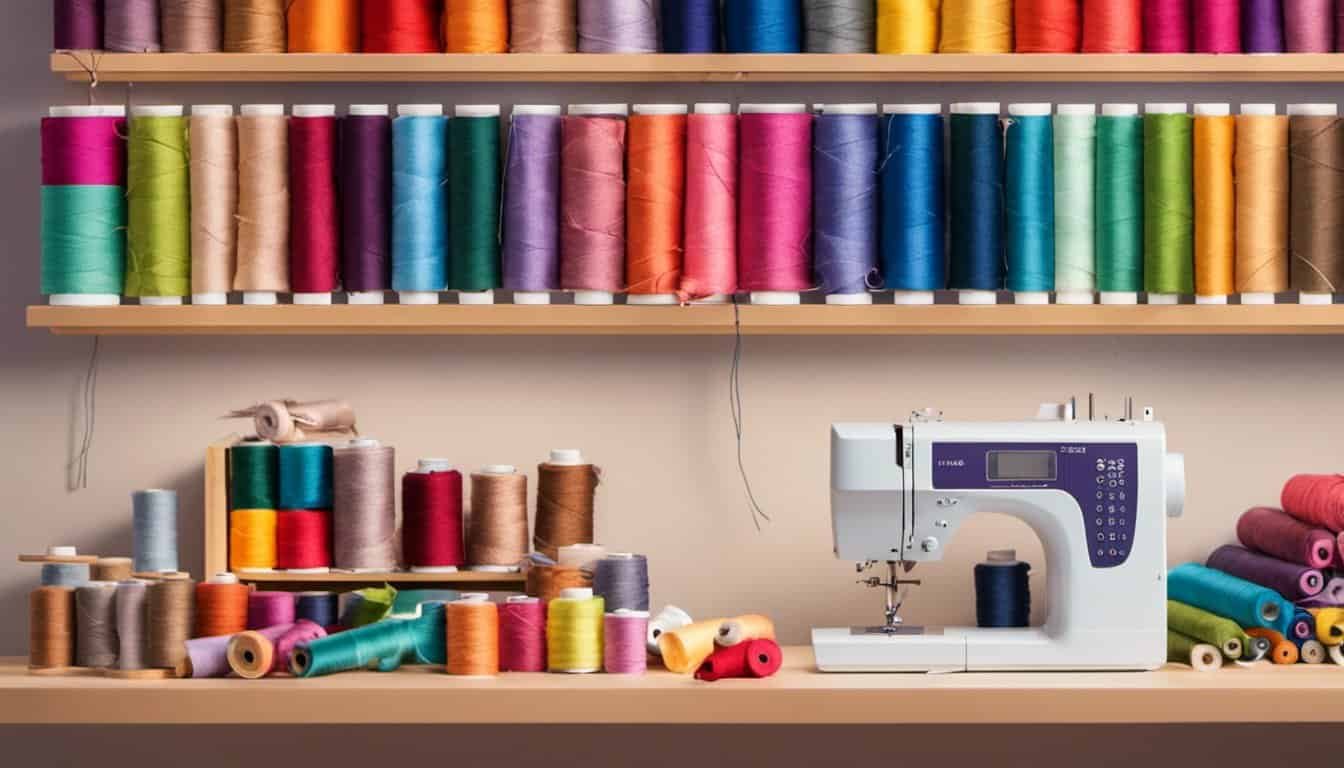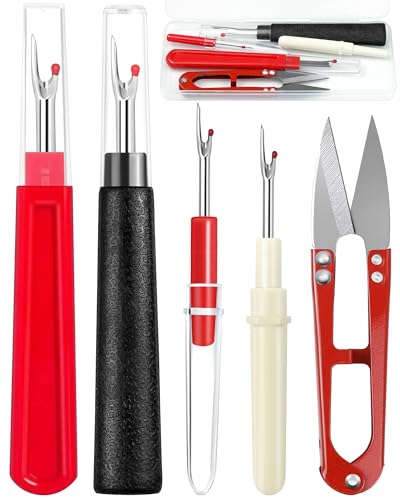So, you’ve decided to pick up sewing, but you’re wondering how long it’ll take to get good at it. You’re not alone—many beginners share the same curiosity. The journey to mastering sewing can be as unique as the projects you’ll create.
Whether you’re dreaming of crafting your own clothes or just want to hem a pair of pants, understanding the timeline can help set realistic expectations. Let’s dive into what you can expect as you thread your way through this rewarding skill.
Understanding the Basics of Sewing
Getting good at sewing starts with understanding the fundamentals. You’ll want to grasp the basic skills and essential tools to create a strong foundation for your sewing journey.
What Does It Mean to Be Good at Sewing?
Being good at sewing means you can handle various sewing projects with confidence. This includes understanding different fabrics, using sewing patterns, and operating a sewing machine efficiently. It also involves completing projects with neat seams, accurate measurements, and creative designs. Examples include quilting, making clothes, or crafting home decor items. Mastery comes with practice, so set realistic goals and celebrate your progress.
- Threading the Sewing Machine: Learn to thread both the upper thread and the bobbin properly.
- Basic Stitches: Master straight stitches, backstitches, and zigzag stitches.
- Fabric Cutting: Use patterns and scissors to cut fabric accurately.
- Seam Finishing: Know how to finish seams using techniques like pinking, serging, or zigzag stitching.
- Hemming: Practice types of hems for different types of projects, such as simple garments or curtains.
- Reading Patterns: Understand how to interpret sewing patterns, which involves reading instructions, cutting fabric, and assembling pieces.
- Pressing: Use an iron to press seams, hems, and fabric pieces to give your projects a polished look.
Understanding these skills lays the groundwork for more advanced techniques and complex projects. Focus on one skill at a time, and your proficiency will grow steadily.
Factors That Influence Sewing Progress
Your journey in sewing depends on various factors that impact how quickly you improve.
Your Current Skill Level
If you’re a beginner, expect to spend more time mastering fundamental techniques like threading a machine and basic stitching. Experienced sewists, however, often progress faster with new, complex projects since they already possess core skills. Evaluate where you stand to set appropriate expectations.
Time Committed to Practice
Regular practice accelerates your sewing proficiency. Devoting at least 30 minutes daily to sewing allows consistent skill reinforcement, whereas sporadic practice might slow your progress. Establish a routine to ensure steady improvement.
Access to Resources and Guidance
Robust resources and proper guidance streamline your learning. Access to quality tools, fabrics, tutorials, and sewing classes can significantly enhance your skill acquisition. Seek out reputable sources, both online and offline, to optimize your learning experience.
Learning Milestones in Sewing
Progressing in sewing involves recognizing and achieving specific learning milestones. You’ll find that as you practice and commit time, your skills will naturally evolve.
From Novice to Intermediate
Beginners focus on mastering basic skills. In the first few weeks, you’ll learn to thread your sewing machine, sew straight and zigzag stitches, and understand different fabric types. Simple projects like pillowcases and aprons help build confidence. Usually, this phase lasts around 1-3 months, depending on your practice frequency.
After mastering the basics, you transition to more complex tasks. Intermediate skills involve reading and following sewing patterns, inserting zippers, and sewing buttonholes. Projects such as skirts and blouses become feasible. This stage can take 6-12 months of consistent practice.
Advanced Sewing Techniques
Advanced sewists tackle intricate techniques and projects. Mastery includes skills like tailoring, creating custom patterns, and using various sewing machine attachments. Projects expand to include coats, suits, and formal wear.
Learning advanced techniques may take a year or more of dedicated practice. Participation in sewing courses and joining sewing groups can accelerate your progress. Advanced skills allow for creative freedom and precision in your sewing endeavors.

Overcoming Common Challenges
When you strive to improve your sewing skills, you’ll encounter hurdles. Tackling these challenges head-on boosts your confidence and proficiency.
Dealing With Complex Fabrics
Working with materials like silk, velvet, or chiffon can be daunting. These fabrics often slip, fray, or pucker.
Use The Right Tools: Utilize fine pins, sharp scissors, and specialized needles. For example, silk demands a microtex needle, while denim needs a stronger needle.
Stabilize Your Fabric: Apply fabric stabilizers or interfacing to prevent slipping. For instance, spray starch can help stiffen fabrics like satin.
Practice On Scraps: Before starting your main project, test your stitches on fabric scraps to adjust tension and stitch length accordingly. This prevents ruining your fabric.
Mastering Precision And Speed
« 7 Shocking Signs Your Sewing Machine Timing Is Off — Are You Missing These?
Say Goodbye to Fabric Bunching: Expert Tips to Fix Common Sewing Problems Now »
Juggling precision and speed in sewing ensures well-finished projects without unnecessary mistakes.
Set Up A Comfortable Workspace: Organize your sewing area. Keep frequently used tools like measuring tape, seam rippers, and scissors within reach. This reduces wasted time searching for supplies.
Focus On Accuracy: Prioritize precision over speed. Align your fabric correctly. Use tools like seam guides to maintain straight lines.
Build Speed Gradually: Begin sewing slowly to get accustomed to techniques. Gradually increase your speed as your confidence grows. For example, start with simple straight stitches before advancing to more complex patterns.
Throughout your sewing journey, patience and practice are your allies. Embrace the learning process.

Conclusion
Getting good at sewing is a journey that requires patience and consistent practice. By focusing on mastering basic techniques and setting achievable goals, you’ll steadily improve your skills. Remember to take on challenges like working with complex fabrics and always use the right tools. Creating a comfortable workspace will help you maintain accuracy and gradually increase your speed. Enjoy the process, and before you know it, you’ll be crafting beautiful, custom designs with confidence. Happy sewing!

















